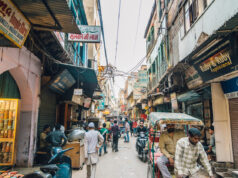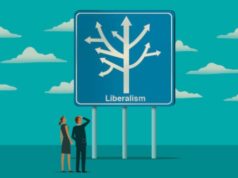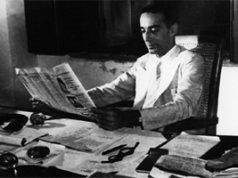By: Snigdha Jain (CCS Intern)
The Hindustan Times recently reflected upon the popularity of media education in Delhi University. Almost 2000 applicants sat for the Combined Journalism Entrance Test (CJET), highlighting the growing interest in journalism education.
With the explosion of TV news channels, the demand for quality information and output has increased exponentially. Today, the media industry faces a great dilemma for quality control. Ellen Goodman–American writer and Pulitzer Prize winner–once said “In journalism there is always a tension between getting it first and getting right”, and this is only of the dilemmas faced by the burgeoning news industry in India.
Recently The British Council, New Delhi organized a media workshop where I had the opportunity to meet Bob Calver, a print and broadcast journalist for the past 40 years, currently teaching at Birmingham City University’s School of Media. Interacting with him personally, opened the window through which I saw the difference between media practices in the UK and India. One of the points he focused on was the need to regulate media practices in India to deal with the recent explosion of broadcast news production. He went on to say that Ofcom in the UK is a communications regulator that ensures quality and regulates the content in TV and radio sectors. For example, the ‘Ofcom Section 400 License Fees and Penalties Account 2010’ report says “The Broadcasting Act 1990 required that certain television and radio licenses should be awarded after a process of competitive tender. The applicable licenses for the 2009/10 accounts are the television programmes services for Channel 3, Channel 5, Public Teletext, commercial additional services licenses and the national radio and additional services licenses. Holders of these licenses are required to make additional payments to Ofcom. These payments are made up of two components: a pre-determined annual fixed payment (known as cash bids) which is increased annually in line with RPI; and a fee based on a percentage of the broadcasters’ advertising and sponsorship revenue (qualifying revenue).”
It is evident that UK’s media industry has developed around a heritage of certain sets of TV news practices and conventions. One of the journalists present raised the question that had been weighing on everyone’s mind, a question about the challenges associated with the peculiar position of a journalist within a typical Indian media firm which involves an extremely competitive environment, commercial pressures on reporters, authoritative editorial staff members and above all, the way competition is structured within the TV news broadcasting industry itself. We arrived at the conclusion that all these external pressures lead to a distortion of news priorities and thus results in a decline in the quality of the news being aired.
One thing that immediately comes to mind when talking about distortion, is Mr. Calver’s reference to the way reporting is done here on Indian news channels, with the tendency for the majority of the reporters to spring up like some jack in the box and dominate the whole narrative of the story being told, rather than letting the interviewees and pictures speak for themselves. In his view, that would allow for more scope and come across as a better crafted script.
Pramod Kumar, on 21st June 2011 wrote, “The media has discarded tenets of professional journalism and taken on the task of pitching this ‘civil society’ against the government.” Like Mr. Calver, he too seems to have picked up on the fact that without the authority of regulatory forces ruling over media with an “iron fist”, news broadcasting has become more of a platform to display hidden agendas rather than present an unbiased, uniform view of the way things are.
The market for press is a strange one. For one I feel that there is a need for some checks and balances, but these can’t come from the government because the media itself ought to check the excess of the state. Perhaps the answer lies in self-regulation. Indian media has in the past acted with a ‘collective conscience and intelligence’ (click here for example), all we need is to give more teeth to institutions which represent such a collective effort.
Post Disclaimer
The opinions expressed in this essay are those of the authors. They do not purport to reflect the opinions or views of CCS.





